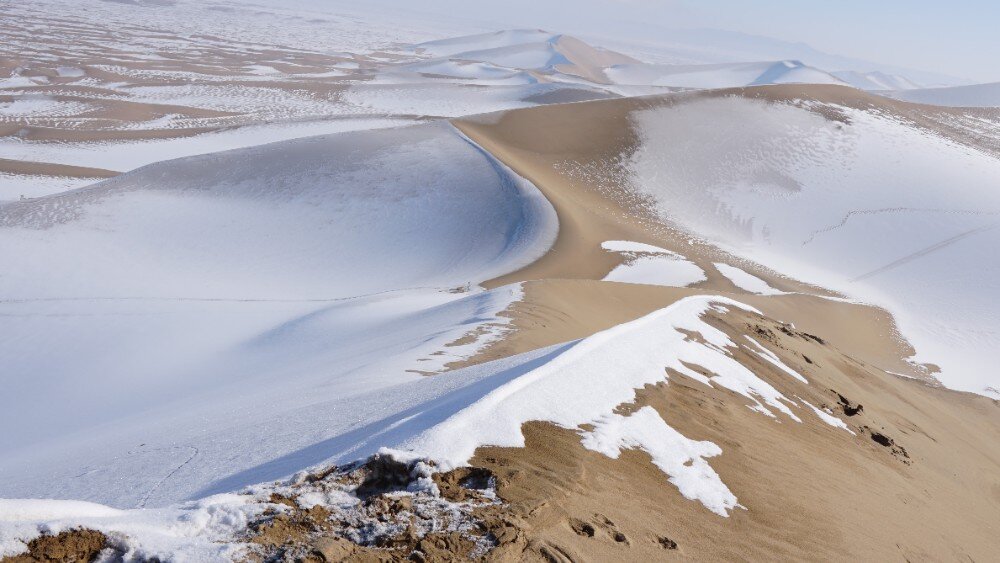Sketches of China 05: The Great Wall
/Illustration: Mark Doyle
This is the fifth instalment of Sketches of China, a collaboration between the writer James Kelly and the illustrator Mark Doyle.
The graveyard shift, sitting alone in the candlelight as the clock strikes four, the night wearing on, surrounded by the room’s thick stone walls and the damp smell of the salt air, hearing the lullaby of the waves outside and sitting, key in hand, turning it over again and again, the key to a kingdom that lies in ruin, the barbarians camping outside, their advance checked – for now – by the wall, by that enormous structure built of human sweat and blood, marking out the northern frontier, a border running west from where the mountains meet the sea, tracing an improbable boundary across rocky limestone hills cloaked in rich verdure, joining the dots of torch-lit watchtowers burning in the night, a structure only as strong as its weakest link, plunging over the face of a cliff, down into the fast-flowing waters and foaming narrows of a ravine before resuming on the other side, continuing across the vast expanses of scrub and wilderness, across the steppe, before petering out somewhere far in the west, that tormented figure sitting alone in the candlelit room, the night wearing on, meditating on the territory guarded by that immense structure, only as strong as its weakest part, key in hand, turning it over and over, the wall marking out the space where the heavenly empire dwells, the self-sufficiency and sanctity of one kingdom above all, the barbarians waiting outside, key in hand, over and over again, mulling over the decision as Beijing lies sacked and smouldering, the tortured faces of a father and a lover, meditating on their fate, on the price of revenge, weighing up a choice between the lesser of two evils – treason or an empty throne – and intuiting that the decision is perhaps already made, the candles flickering in the damp salty air, the touch of the metal, a key, the key, the key to a future preordained, destiny – or so it would seem – in the palm of a hand.
***
James Kelly is a writer and translator with a strong interest in landscape and time. Read more of his work at www.geosoph.scot/writing/.
Mark Doyle is an artist and illustrator working in painting, sculpture, printmaking and digital media. See more of his work at www.markdoyle.org and on Instagram @markdoyleartist.








